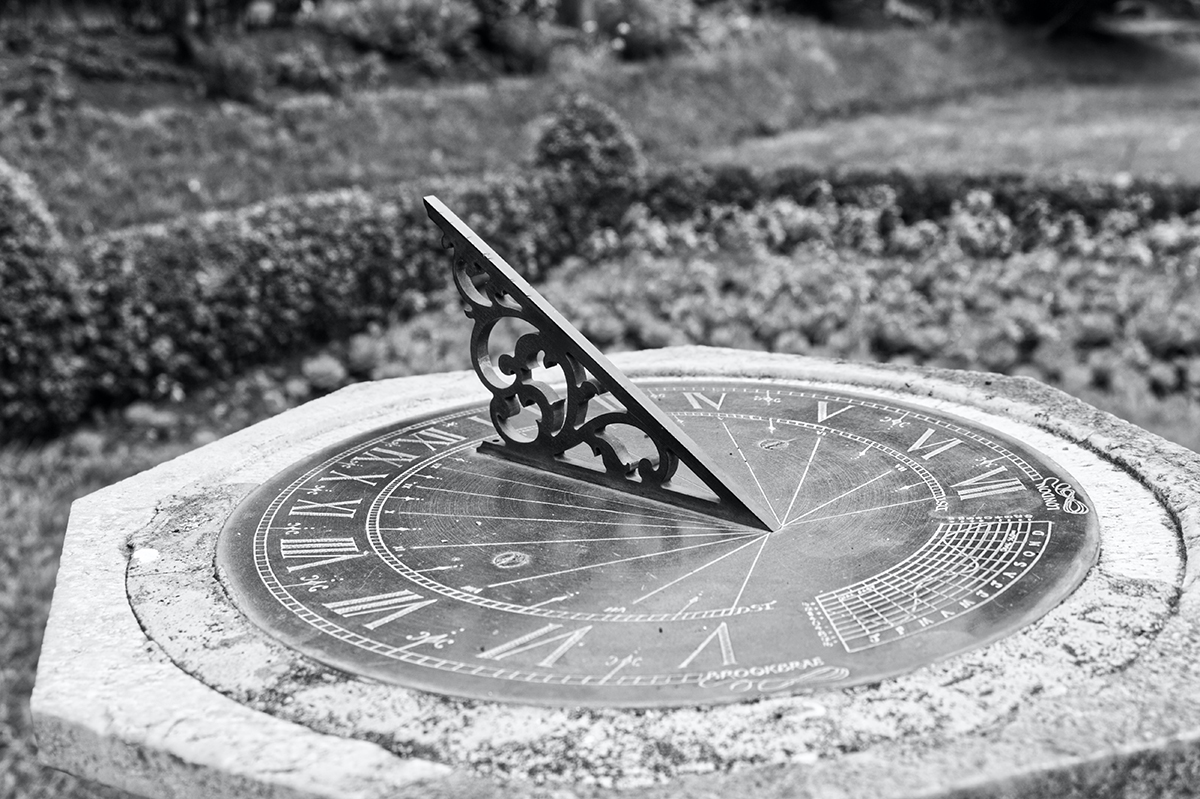
by Ven David Gunn-Johnson
Most people are familiar with the idea of an “earworm”, a tune or phrase that lodges itself in the mind and plays over and over again. My most recent one dug itself in after hearing the hymn, “How shall I sing that majesty which angels do admire”.
The lines which kept on coming were,
“Thy knowledge is the only line
to sound so vast a deep.
Thou art a sea without a shore
a sun without a sphere.
Thy time is now and evermore,
Thy place is everywhere.”
(If you don’t know the hymn have a search on the internet!) Essentially the hymn reflects on the capacity of the human to relate to the divine; a seemingly impossible task and yet one we need continually to attempt.
As with most “earworms” there comes a moment in which, if it does not stop altogether, it begins to fade. My “fade” began in the History of Science Museum in Oxford. The museum’s collection is so vast that less than a third of the collected artefacts can be displayed at any one time. At the time of my visit, there was a wonderful exhibition of the instruments by which scientists have attempted to calibrate the universe.
There were, of course, many timepieces from different ages which included some beautifully made miniature sundials, given as gifts before watches were invented. One dated back to Roman times; another was given as a deliberate alternative to a clock, in the belief that clocks removed the romance from the measurement of time. There were means of calculation, most of which I didn’t understand even after reading the notes! Really fascinating were the first attempts by astronomers to measure the distance of the stars from earth and the distance between the observed astral bodies. There was also the realisation that centuries before western scientists got there, in about 1220, Muhammad Ibn Abi Bakr made an Astrolabe with a geared calendar. And there sat this amazing, ancient instrument with an inscription which said, “Behold the disc! It will show you many of the wonders that prove the wisdom of the Merciful; its different motions are by virtue of a single mover, and it has meanings going beyond all meanings.” A recognition that all human attempts to measure what is, simply point beyond to that which cannot be measured.
As with everything in Oxford these days, there had to be something either from the Harry Potter series or Philip Pullman’s books. Sure enough, at the very top of the building, was a section dedicated to Pullman’s measurement and interpretation of “Dust”. There was a shining replica of the fictional alethiometer, used by the child Lyra to discern the true path she should take. Literally a “truth measurer”. Significantly, adults could not use the instrument instinctively and had to resort to vast numbers of books to interpret it. Lyra, as a child, did it by relating to the alethiometer but when she too reached adulthood, the ability faded.
Jesus said something about that somewhere. We can try all we may to measure or express the divine: at its best that is called theology. However, the child relates to the world before it tries to explain or measure it. I wonder if that is what Jesus meant about our relationship with the divine?